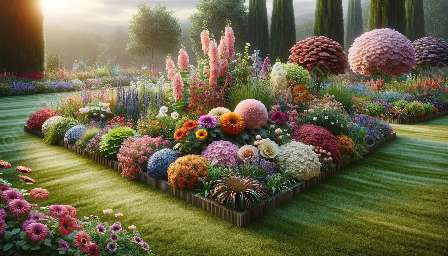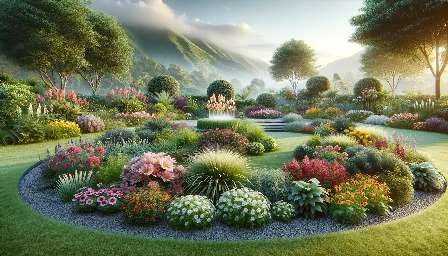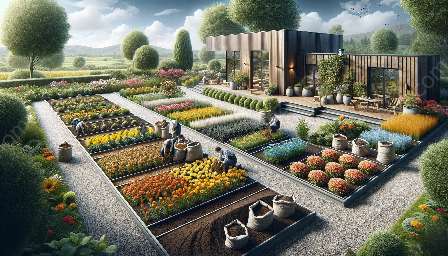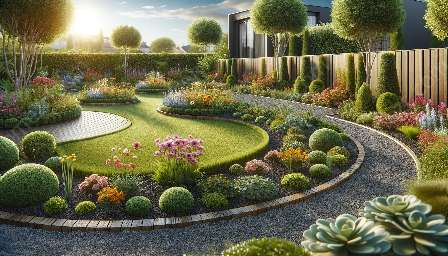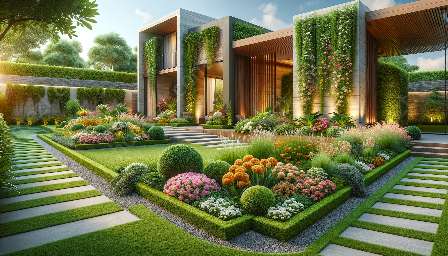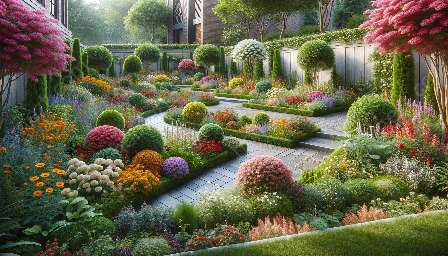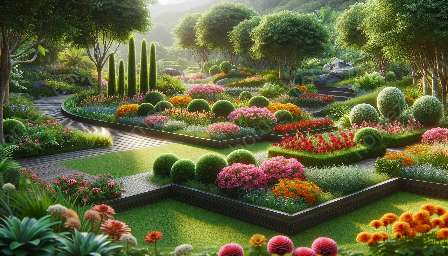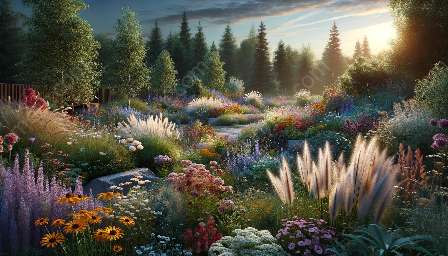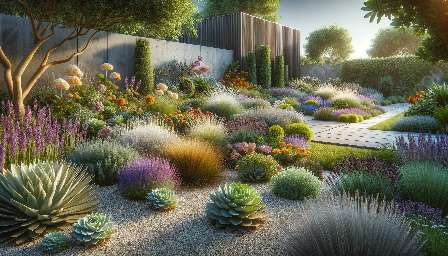When it comes to creating a beautiful flower bed and maintaining a thriving garden or landscape, choosing the right soil is crucial. The soil you use can directly impact the growth and health of your plants, flowers, and landscaping features. In this comprehensive guide, we'll explore the importance of selecting the right soil, different soil types, qualities, and considerations that are compatible with flower bed design, gardening, and landscaping projects.
Understanding Soil Basics
Soil is the foundation of any garden or landscape. It provides essential nutrients, aeration, and drainage for plant roots. Different plants have different soil requirements, so understanding soil basics is key to successful gardening and landscaping.
Soil Composition
Soil is composed of three main components: sand, silt, and clay. The proportions of these components determine the soil's texture and structure. For flower beds and gardening, a well-balanced soil composition is essential for healthy plant growth. We'll explore the qualities of each component in the next sections.
Soil pH
The pH level of soil can significantly affect the availability of nutrients to plants. Understanding the pH requirements of your flowers and plants is important when choosing the right soil for your flower bed design. Some plants thrive in acidic soil, while others prefer alkaline conditions. Testing and amending soil pH can help create an optimal environment for your plants.
Different Soil Types
There are several soil types commonly used in gardening and landscaping. Each type has unique characteristics and is suitable for specific purposes. Let’s delve into the most common soil types and their compatibility with flower bed design:
Loamy Soil
Loamy soil is a well-balanced combination of sand, silt, and clay. It’s considered the ideal soil type for most plants, as it provides good drainage, aeration, and water retention. When planning your flower bed design, incorporating loamy soil can create an optimal growing environment for a wide variety of flowers and plants.
Sandy Soil
Sandy soil has large particles and drains quickly. While it offers good aeration, it can struggle with water retention and may require frequent watering. When using sandy soil in flower beds, consider adding organic matter to improve its water retention and fertility.
Clay Soil
Clay soil has fine particles and retains moisture well, but it can be prone to compaction and poor drainage. For flower bed design, mixing clay soil with organic matter can help improve its structure and drainage, making it suitable for certain plants and landscaping features.
Peat Soil
Peat soil is high in organic matter and holds moisture effectively. It’s commonly used to improve soil structure and water retention in flower beds and gardening projects. However, peat soil may have sustainability concerns, so consider alternative options when planning your landscape.
Soil Quality Considerations
Aside from soil types, several quality considerations are essential for choosing the right soil for your flower bed design and gardening or landscaping projects:
Drainage
Good drainage is crucial to prevent waterlogging and root rot. When selecting soil, ensure it has adequate drainage properties, especially for flower beds and landscaping features.
Nutrient Content
The nutrient content of the soil directly impacts plant growth and flowering. Consider adding organic amendments or fertilizers to enhance the soil’s nutrient levels based on the specific requirements of your plants.
Texture and Structure
The texture and structure of the soil influence aeration, root penetration, and moisture retention. For flower bed design, opt for soil with a balanced texture and structure that supports healthy plant development.
Organic Matter
Organic matter improves soil fertility, structure, and water retention. When planning your flower beds, consider adding compost or well-rotted manure to enhance the soil’s organic content.
Tips for Choosing the Right Soil
When selecting soil for your flower bed and landscaping projects, keep these tips in mind:
- Know your plant's soil requirements: Research the specific soil needs of the flowers and plants you intend to grow, and choose soil accordingly.
- Consider local soil conditions: Understanding the natural soil conditions in your area can guide your selection of compatible soil types and amendments.
- Test your soil: Conduct soil tests to assess its pH, nutrient levels, and texture, and make adjustments as needed to create an optimal growing environment.
- Consult with gardening experts: Seeking advice from local nurseries or gardening professionals can provide valuable insights into selecting the right soil for your flower beds and landscape features.
Conclusion
Choosing the right soil is a fundamental step in creating stunning flower beds and maintaining thriving gardens and landscapes. By understanding soil basics, exploring different soil types, and considering essential quality factors, you can make informed decisions when selecting soil for your flower bed design and gardening or landscaping projects.
Whether it's enhancing drainage, improving soil fertility, or ensuring optimal pH levels, the right soil can contribute to the success of your gardening and landscaping endeavors, allowing your flowers and plants to flourish in a nurturing environment.

